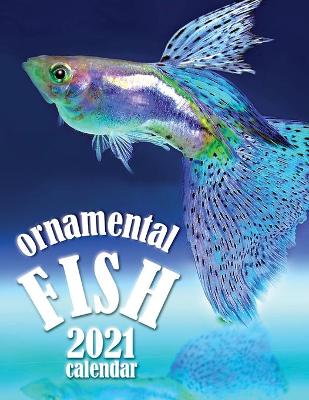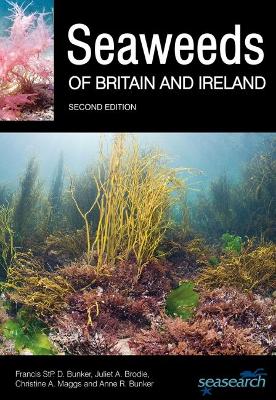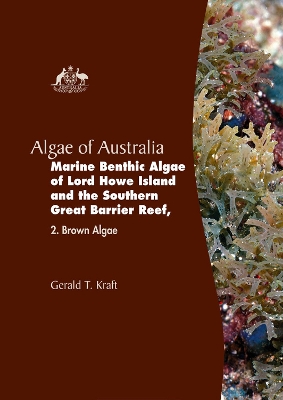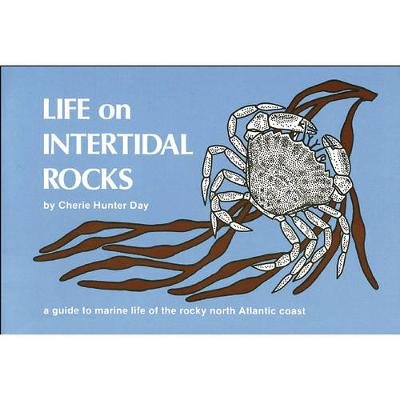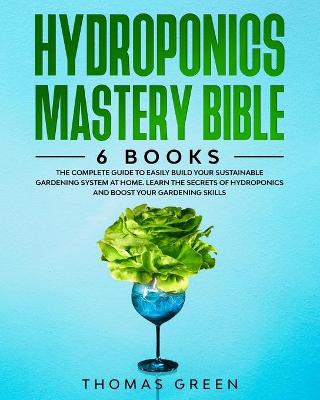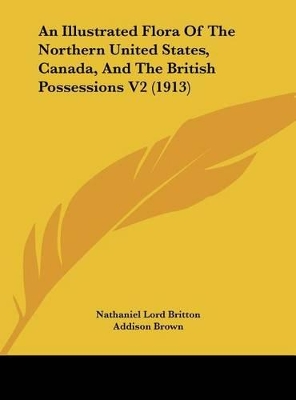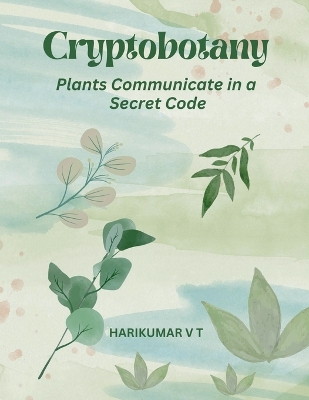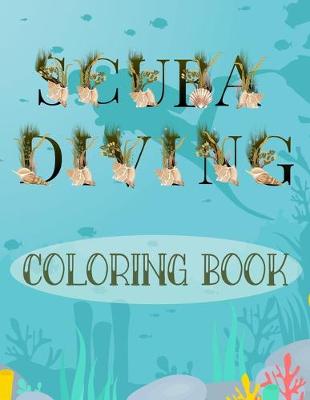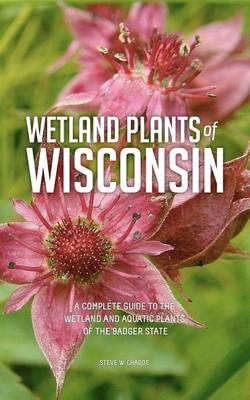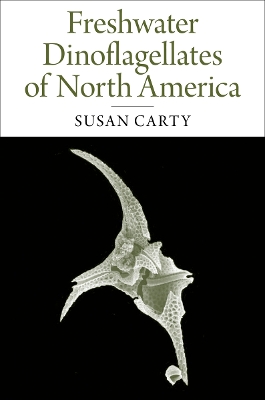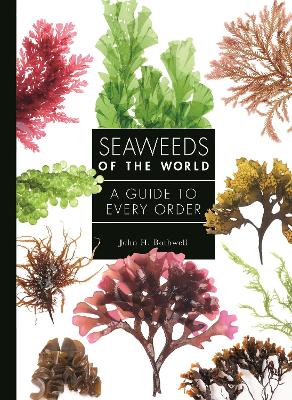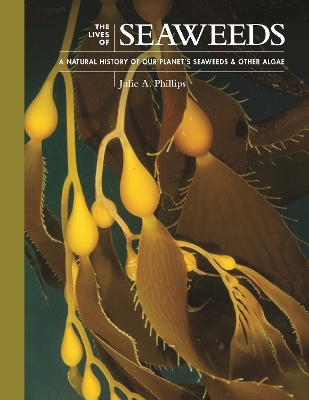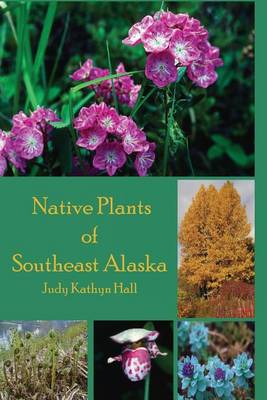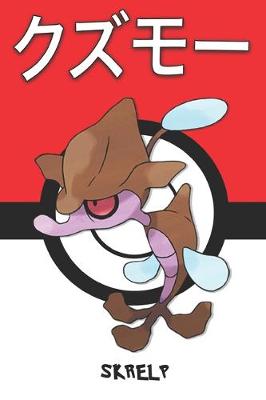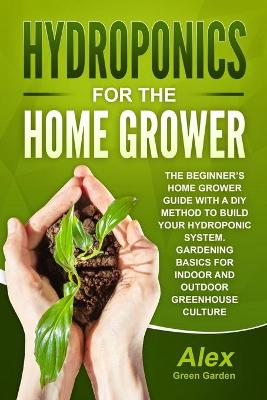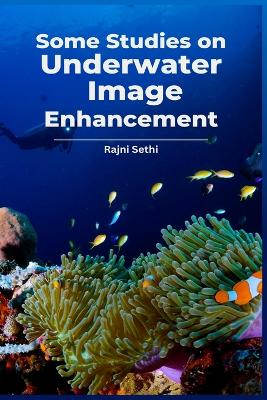Living Beaches of Georgia and the Carolinas
by Blair Witherington and Dawn Witherington
Seaweeds of Britain and Ireland
by Francis Bunker, Juliet A. Brodie, Christine A. Maggs, and Anne R. Bunker
The cool temperate waters of our British and Irish seas contain an astonishing 6% of the world's algal species, more than 600 different seaweeds, and yet most divers, snorkelers and rockpoolers can put names to only a handful of them. The first edition of Seaweeds of Britain and Ireland has proved invaluable to an enormous number of people, not just volunteer Seasearch divers and snorkellers, and this eagerly-awaited second edition will no doubt prove to be equally as popular. The aim of this bo...
Algae of Australia: Marine Benthic Algae of Lord Howe Island and the Southern Great Barrier Reef
by Gerald T Kraft
Lord Howe Island, an oceanic outcrop of volcanic origin situated between Australia and New Zealand, is fringed by the world's southernmost consolidated coral reef. The Capricorn Group of the southern Great Barrier Reef is a series of patch reefs and low coral cays. For more than 30 years Dr Gerry Kraft, along with his students and colleagues, has studied the species-rich marine algal communities of these reefs, paying special attention to subtidal habitats. This authoritative account, documentin...
Easily Identify the Living Things You Find on Intertidal Rocks! Enjoy learning to identify marine life on the rocky north Atlantic coast with this pocket-size field guide from author Cherie Hunter Day. With this handy, easy-to-use book, you'll be able to identify a wide variety of living things in no time. And its small size makes it just right for fitting into your pocket or pack when you go for a walk along the rocky coast. Features: Identifies plants and animals that live in the intertid...
An Illustrated Flora of the Northern United States, Canada, and the British Possessions V2 (1913)
by Nathaniel Lord Britton and Addison Brown
Seaweeds - or marine algae - are one of the most diverse and dazzling organism groups on the planet. They have existed for over 1.6 billion years and survived every extinction event on the planet. Capable of thriving in some of the most extreme environments on earth, marine algae are found within in sea ice of the Arctic Ocean, as well as extreme acid, alkali and salt environments, and have been recorded at ocean depths of over 200m.Professor Juliet Brodie, internationally renowned expert on mar...
Dinoflagellates are common unicellular organisms found in all types of aquatic ecosystems and are important contributors to freshwater ecosystems as significant primary producers of biomass. Despite increasing interest in the biology of living and fossil dinoflagellates, there has been no compilation of dinoflagellate species found in North America since 1934, and no keys to species. In Freshwater Dinoflagellates of North America, Susan Carty provides a much-needed taxonomic guide covering Cana...
A lavishly illustrated guide to the seaweed families of the worldSeaweeds are astoundingly diverse. They're found along the shallows of beaches and have been recorded living at depths of more than 800 feet; they can be microscopic or grow into giants many meters long. They’re incredibly efficient at using the materials found in the ocean and are increasingly used in the human world, in applications from food to fuel. They’re beautiful, too, with their undulating shapes anchored to the sea floor...
An engaging and richly illustrated exploration of the natural history of seaweeds and other algaeAs photosynthetic organisms, seaweeds and other algae transfer billions of tons of carbon globally from the atmosphere to the deep ocean each year. Coming in all manner of colors, shapes, and sizes, from bioluminescent single-celled algae to giant kelps, they form the basis of most marine food webs, and are found in almost all environments on the planet. Touted as the biofuel of the future, seaweeds...
New And Complete Guide To Aquarium Plants For Novices And Dummies
by Enedino Smith
Aquatic Weeds: A Pocket Identification Guide for the Carolinas is a practical resource containing color images and descriptions of aquatic weed species commonly found in North Carolina and South Carolina. Prepared by aquatic weed specialists and researchers at NC State University, this guide provides information about each species, including identifying characteristics, habitat, and potential human-health concerns. This guide is printed on water-resistant paper, making it the perfect field compa...

